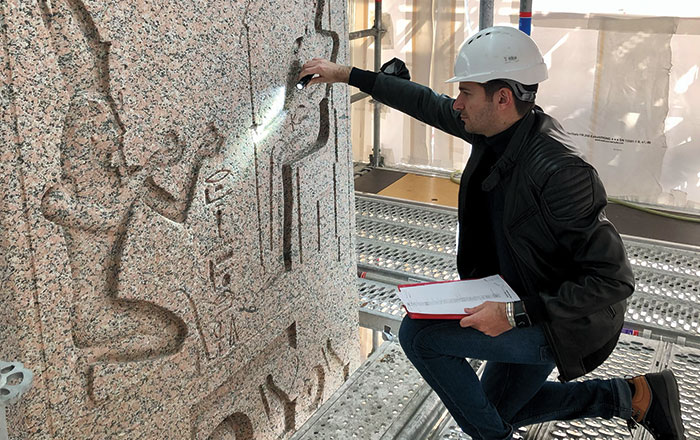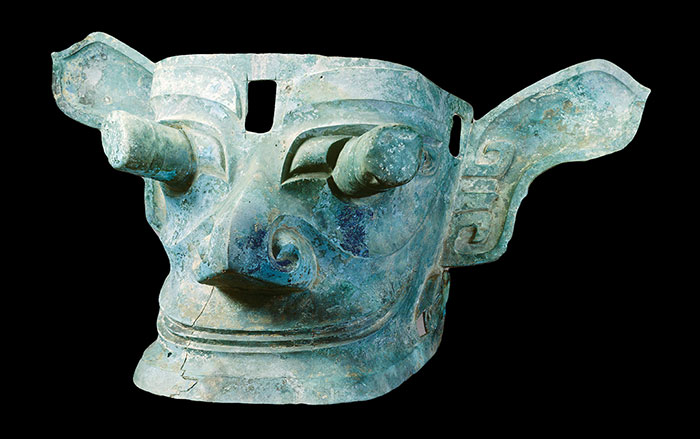
CAIRO, EGYPT—A team from the Russian Institute of Egyptology at Kom Tuman has uncovered white limestone fragments of the wall that surrounded the Old Kingdom capital of Memphis, which sits at the mouth of the Nile Delta. The 5,200-year-old enclosure wall protected the palaces of the pharaohs and the state administrative buildings. “Unlike royal tombs, pyramids, mortuary, and cult-related temples and any other buildings related to the afterlife, ancient Egyptian royal palaces, administrative offices, houses, and other life-related buildings were often made of mud brick,” Kamal Wahid, director of the central administration of Giza antiquities, told The Cairo Post. The city, now known for its colossal statue of Ramses II, was founded at the end of the fourth millennium B.C. by Menes, the first-dynasty pharaoh who was the first to unify the kingdoms of Upper and Lower Egypt. “A number of pottery-making ovens and bronze tools were also found. The excavations will continue and we will be working to unearth the rest of the wall, as well as any archaeological elements which could help us to know more about this early period of Egyptian history,” added Galina A. Belova, director of the Russian archaeological team. To read about another recent discovery in Egypt, see "Tomb of the Chantress."










